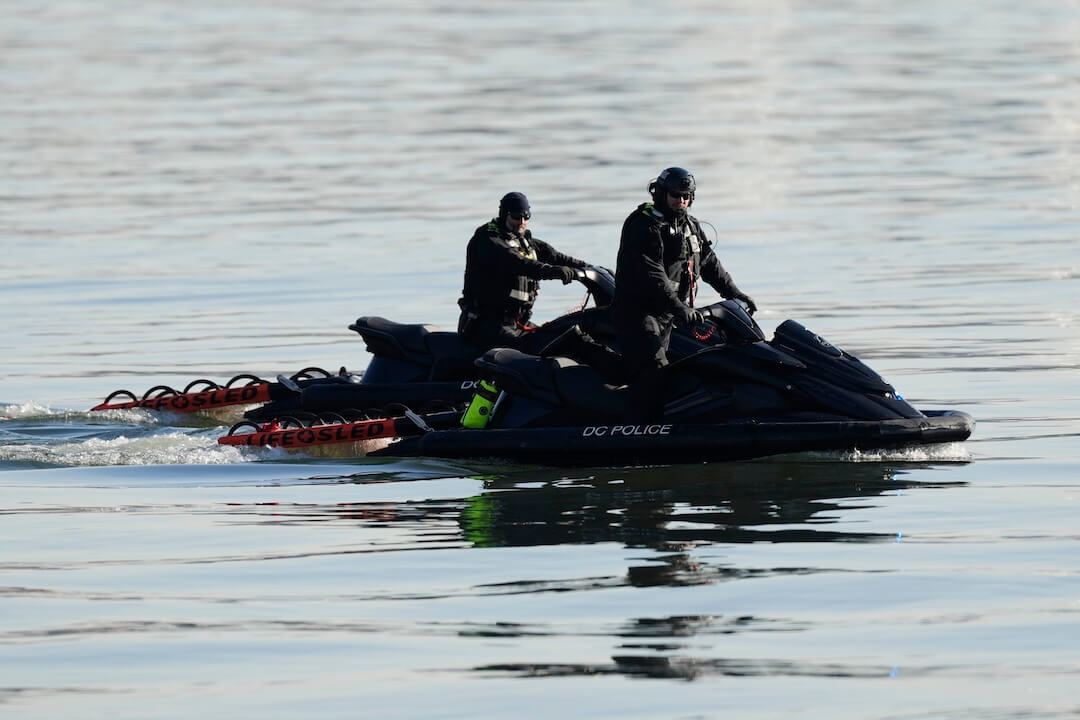About once a year, I write a column about the importance of journalists setting up personal websites (read the 2002 and 2003 versions). So here we go again.
Two developments this year reinforced my beliefs in this regard:
- The first is the case of Australian journalist John Martinkus. It’s been widely reported that Martinkus was released by kidnappers in Iraq because they were able to establish through a Google search that he was, indeed, a journalist, and not, say, a CIA operative.
- The second is the case of the fake blog by New York Times political reporter Adam Nagourney. A site called AdamNagourney.com claims to be the “private diary of Adam Nagourney” and has been kicked around the blogosphere for a few weeks now. Even though it’s filled with self-congratulatory references (“My latest article was a breeze to write”; “Man, I have been getting major props for my reporting lately…”), has many typos, and has references to “Carl” (not Karl) Rove, there are still some people who aren’t sure whether or not the site is fake.
Of course, I am not saying having a personal site will save your life or prevent pranksters from having a good time pretending to be you. But as a journalist, our identities and our bylines are our most valuable assets. Why leave it to others to define who you are?
The search engine rankings for your name will go up and down over time, but a good personal website can be made to almost always be among the first links that show up online (that means you have to be very careful about what you reveal).
If you work at a news organization that won’t allow you to maintain your own site — or you are just too busy to set up your own site — I urge you, at the very least, to buy your vanity domain name. There are ways to “park a domain” without building anything; it’s a great way to reserve your name and prevent others from getting a hold of it (I learned this the hard way: Sree.com is a chain of motels in Florida). This costs less than $10 a year to do.
I have some resources on this topic that you might want to check out:
- A list of journalists with personal sites — to keep this list manageable, I am only including vanity or simple domains.
- An explanation of how to set up your own site — or just “park” a domain name.
Even though I keep emphasizing the need for vanity domain names, a former student of mine made a good point about going with whatever’s easier for you.
I’ve recently been playing around with my first website. Unfortunately, I did violate your first rule of website making and didn’t create a personal URL. But I only put it together in the first place because Comcast made it REALLY easy. Anyway, no excuses — I like it, even if the URL is kinda lame: http://home.comcast.net/~trisha_creekmore
Trisha’s right. If all you can put together right now is a simple site off your Internet service provider, that’s all right. The key is to do something about this.
A final thought: To show you that even the more skeptical among us can be fooled by a fake personal site, I have to admit that I read BillClintonDailyDiary.blogspot.com for several days this summer, thinking it was real. Sure, now when you look at it, it’s obvious it’s fake. But I promise you it looked real for a while.
YOUR TURN: Got a personal site you’d like to share? Send it to poynter@sree.net.
TIP: Sree’s Annual Columbia Weekend Workshop on Building Your Personal Website (April 2-3, 2005)
Additional Resources:





